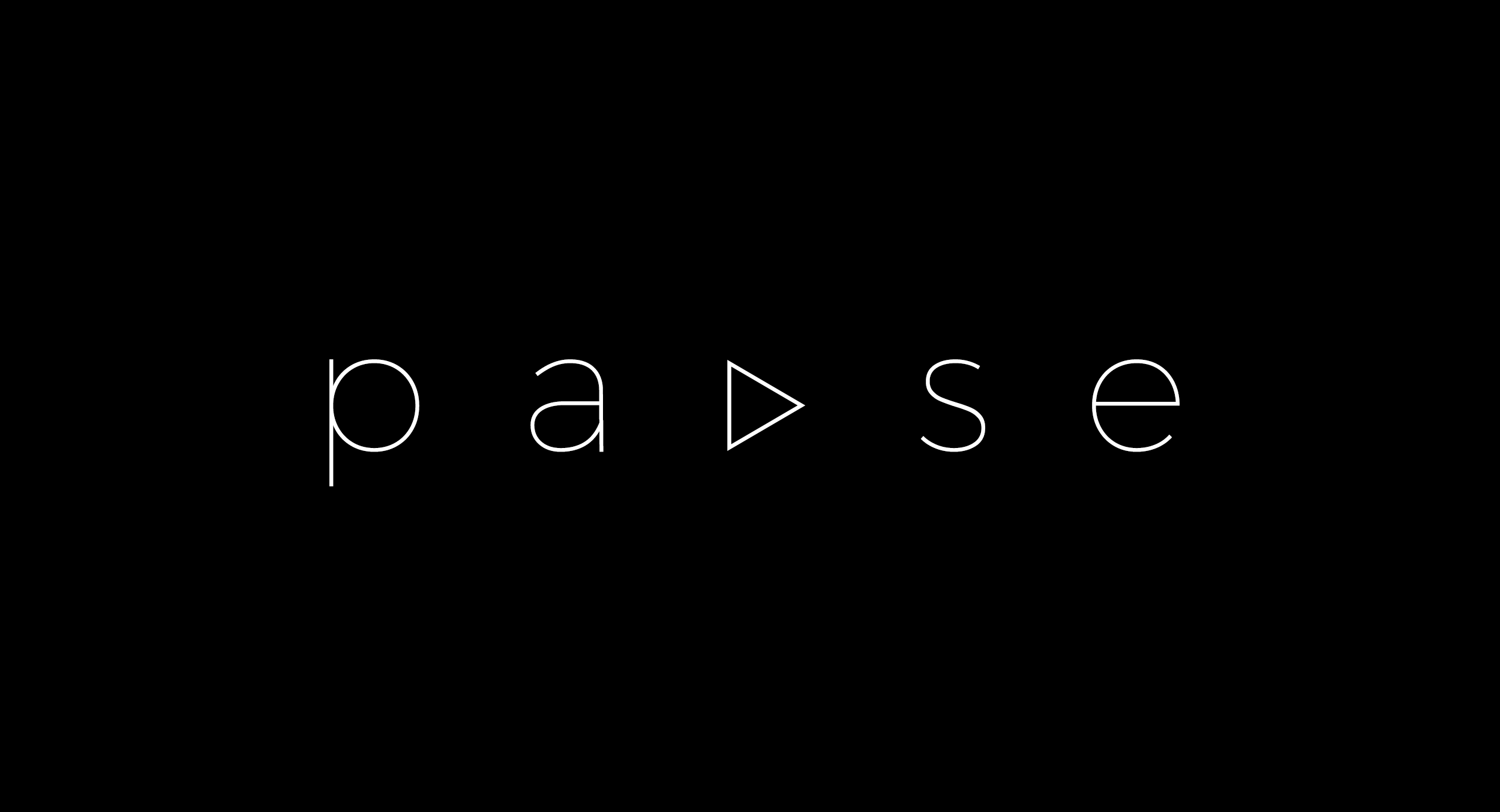Blog
- A Unified Field Framework for Emergent Gravitation and Dark Matter Phenomena
Abstract: This paper introduces the Theory of Magnetivity, a unified field approach in which gravitation arises as an emergent property of a deeper quantum electromagnetic-like field, termed the Magnetivity Field. Distinct from General Relativity and classical electromagnetism, this framework proposes a new tensor field (M_{}), whose energy density and field gradients produce gravitational effects. We derive the Lagrangian density, corresponding field equations, and stress-energy tensor, establishing a bridge between field theory and cosmological observations. Furthermore, we reinterpret dark matter as dense magnetive zones that exert gravitational influence without interacting electromagnetically.
1. Introduction The persistence of dark matter anomalies and the challenge of quantum gravity motivate alternative theories of unification. We propose the Theory of Magnetivity, rooted in the concept that spacetime contains an electromagnetic-like vibrational field that generates gravity as a second-order effect. This theory draws inspiration from both classical field dynamics and quantum oscillatory systems.
2. The Magnetivity Field Tensor We define the Magnetivity Field Tensor as: (M_{} = _ A_ - _ A_ + _{}) where A_ is a potential-like vector field and _{} encodes nonlinear quantum fluctuations.
3. Lagrangian Density and Field Equations The Lagrangian density of the theory is:(L_M = -(1/4) M^{} M_{} + J^ A_ + L_int) Applying the Euler-Lagrange equation yields the field dynamics: (_ M^{} = J^)
4. Stress-Energy Tensor and Gravity Coupling The stress-energy tensor for the magnetivity field is: (T^{}_{(M)} = (1/) ( M^{ } M^_{ } - (1/4) g^{} M^{} M_{} )) Substituting this into the Einstein field equations gives: (G^{} = (8 G / c^4) T^{}_{(M)})
5. Dark Matter as Magnetive Density We propose that dark matter phenomena can be reinterpreted as localized high-density oscillations of the magnetivity field: (_DM = (1/c^2) ( M^{} M_{} )^{1/2}) This offers a testable alternative to WIMP or axion models.
6. Extensions and Quantization To explore quantum behavior: ([M_{}(x), M_{}(x')] = i (g_{}g_{} - g_{}g_{}) ^{(4)}(x - x')) Future work includes constructing a path-integral formulation and investigating gauge symmetries specific to M_{}.
7. Conclusion The Theory of Magnetivity presents a coherent field-theoretic alternative to conventional gravity and dark matter models. By treating gravity as an emergent vibration of an underlying quantum field, this model opens new avenues for cosmological modeling and experimental validation.
References (To be populated with relevant literature on emergent gravity, field theory, and observational astrophysics.)




No Comments
Signup or login to leave a comment